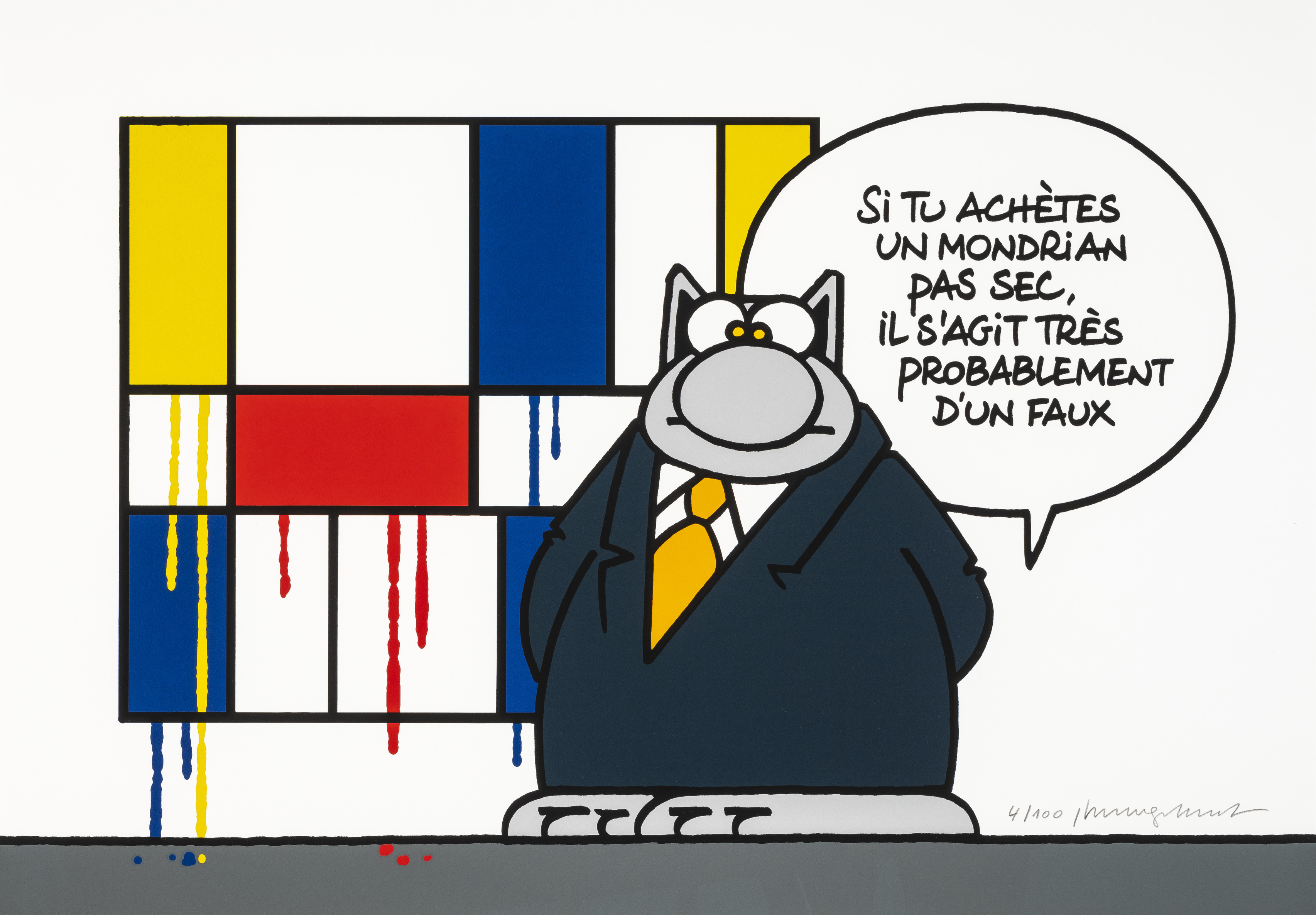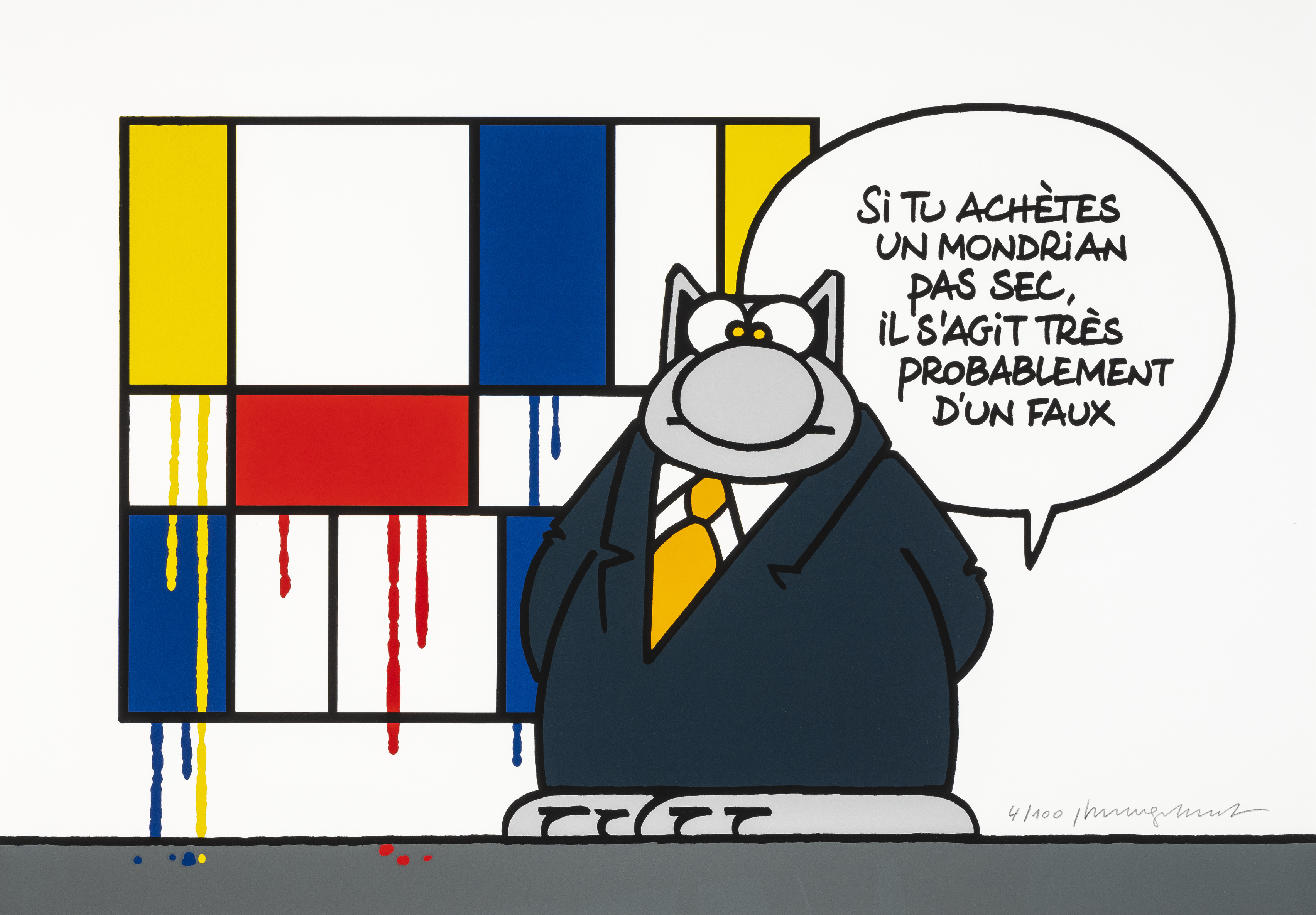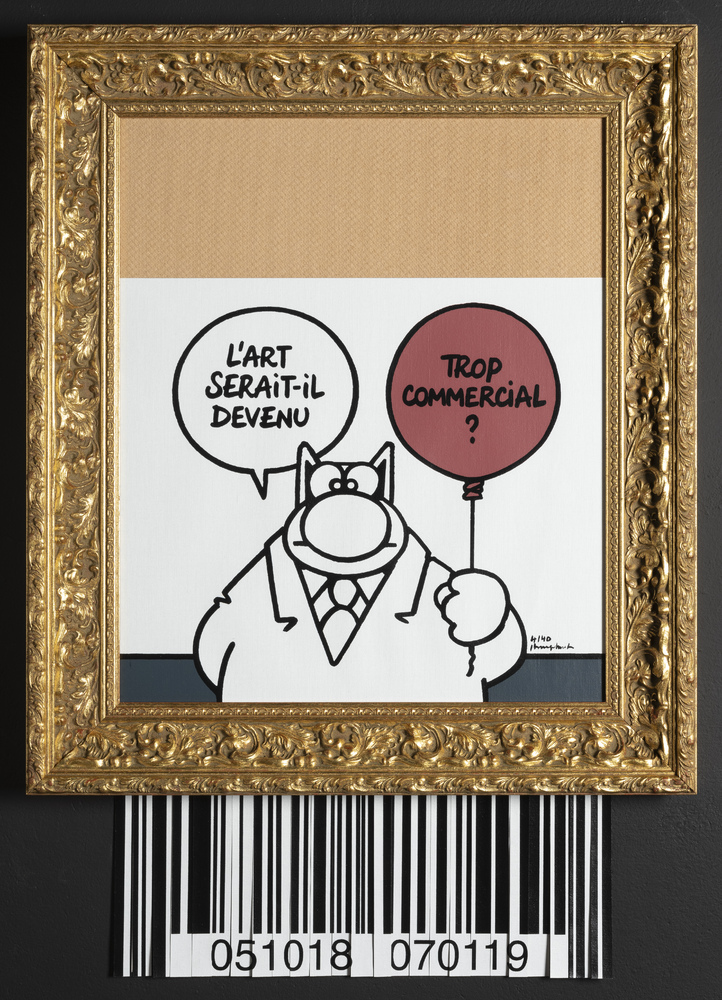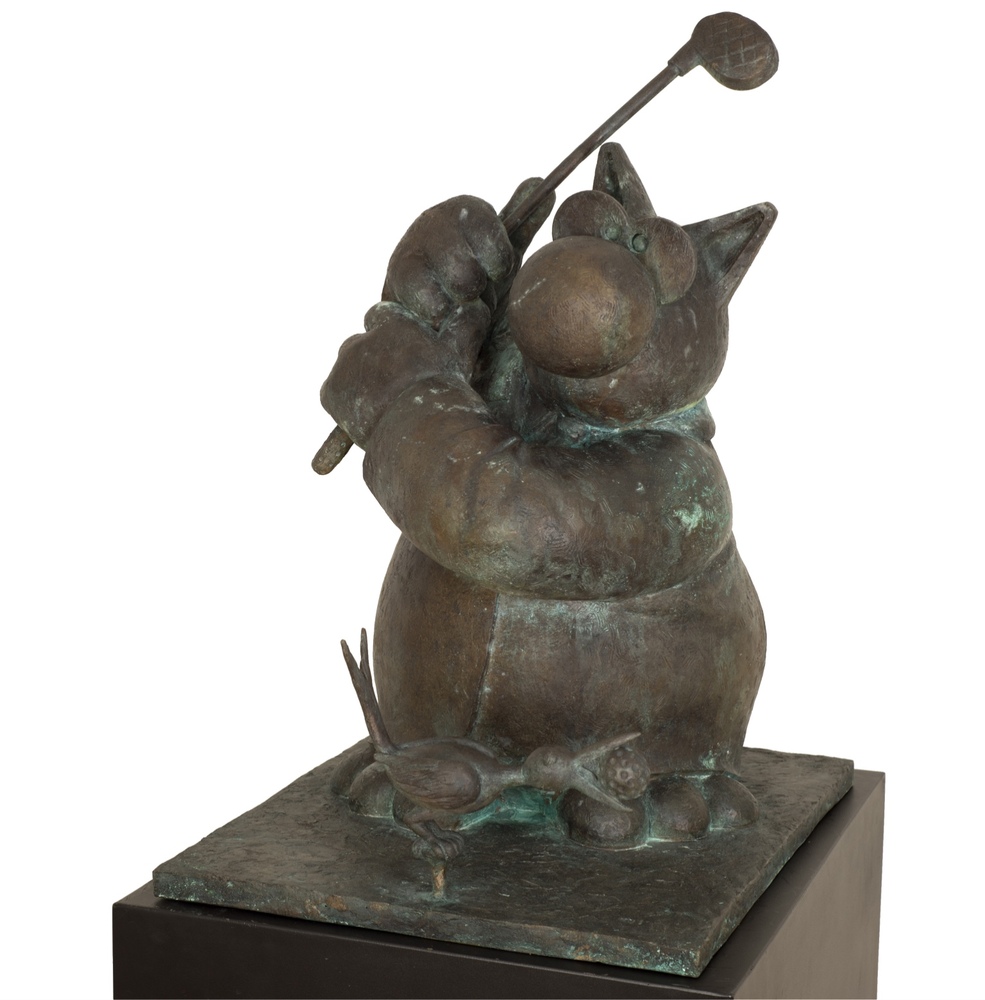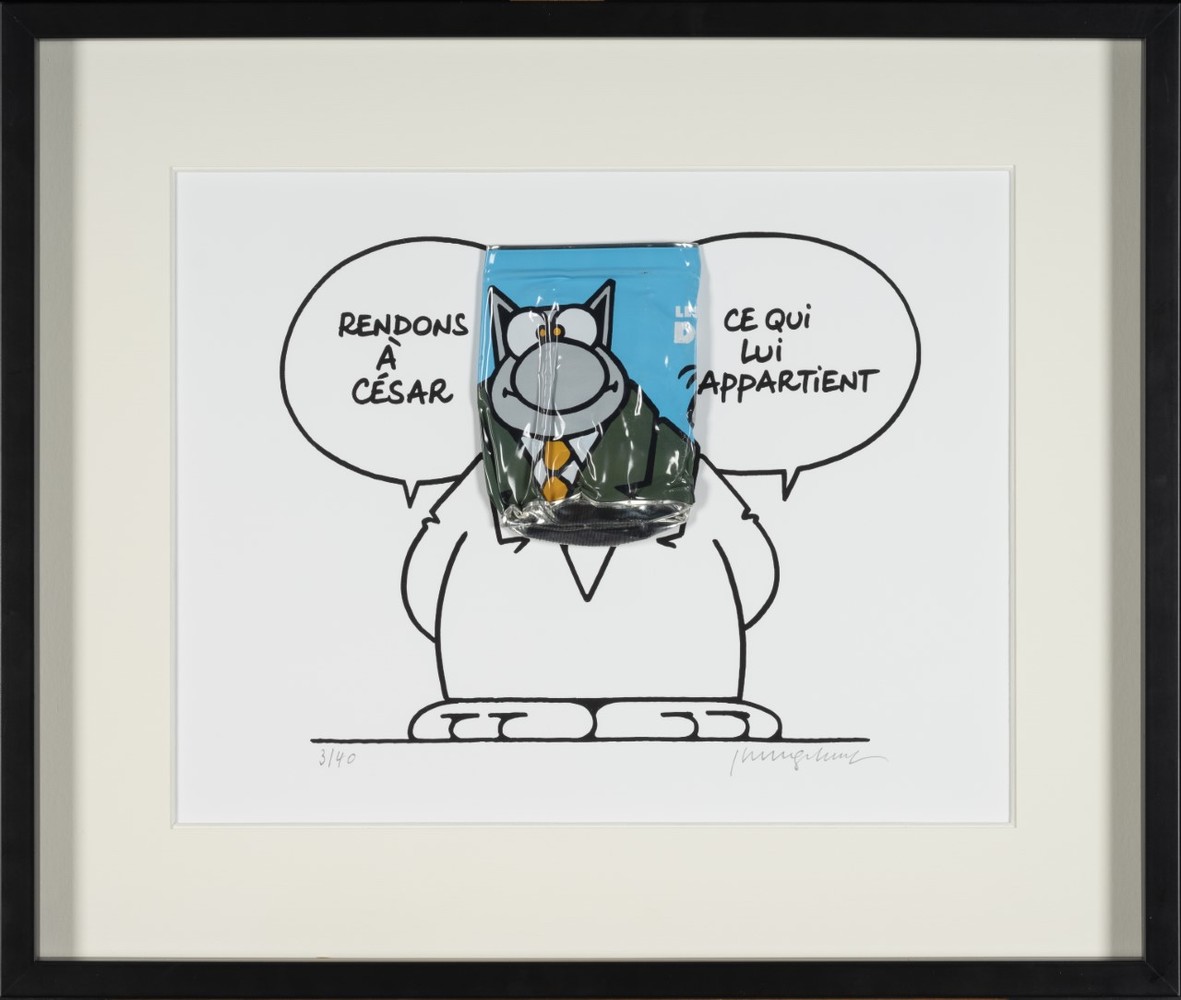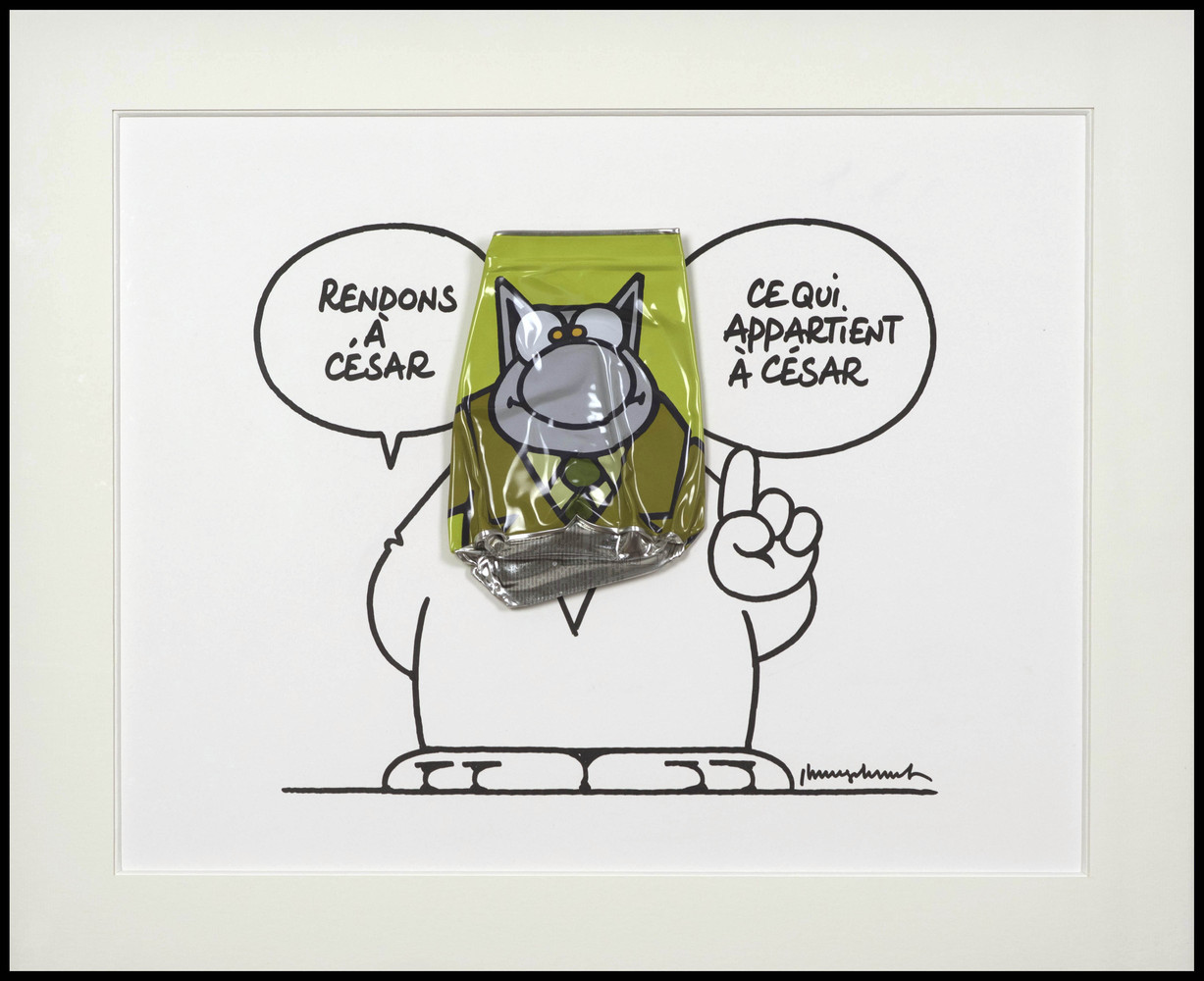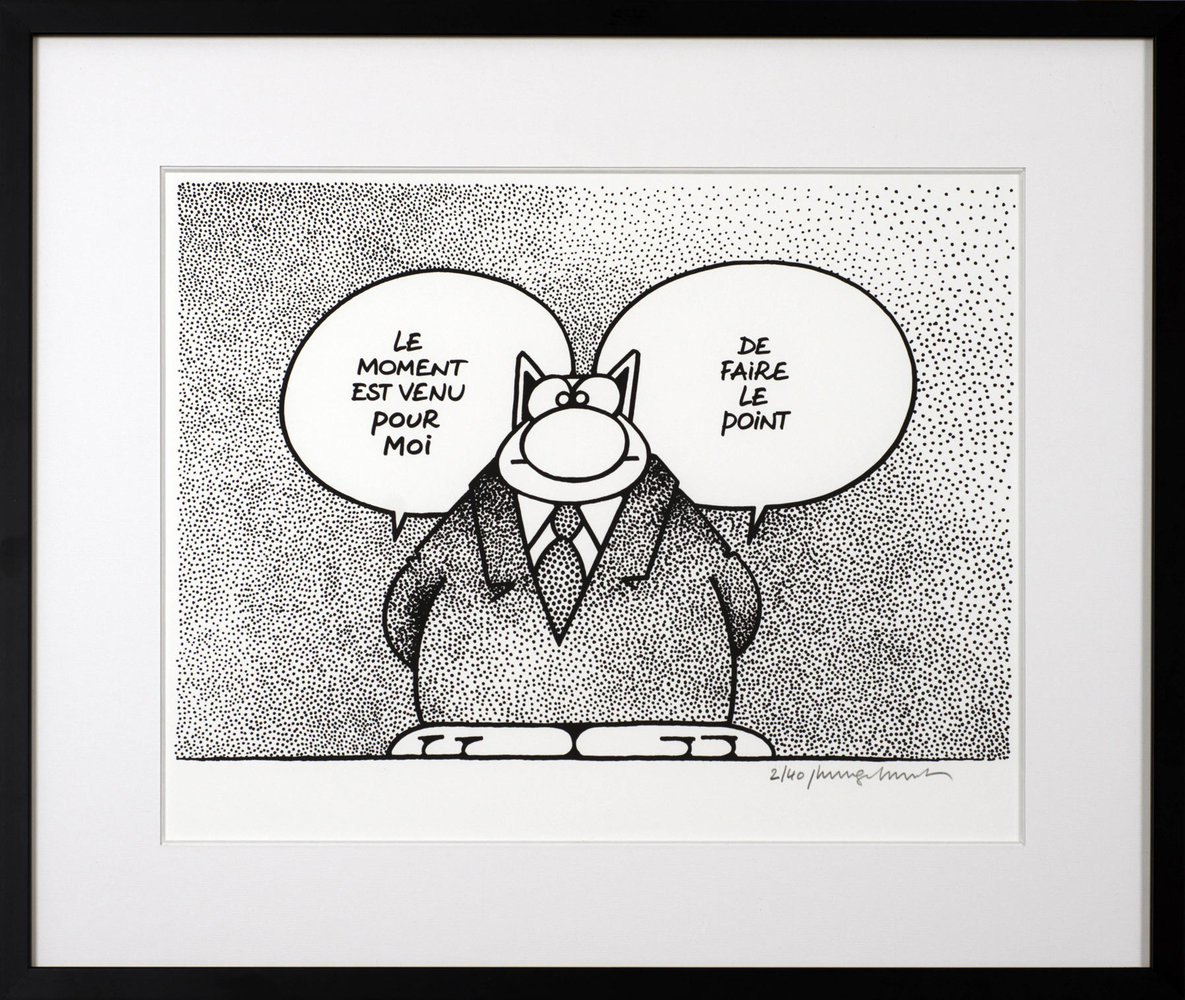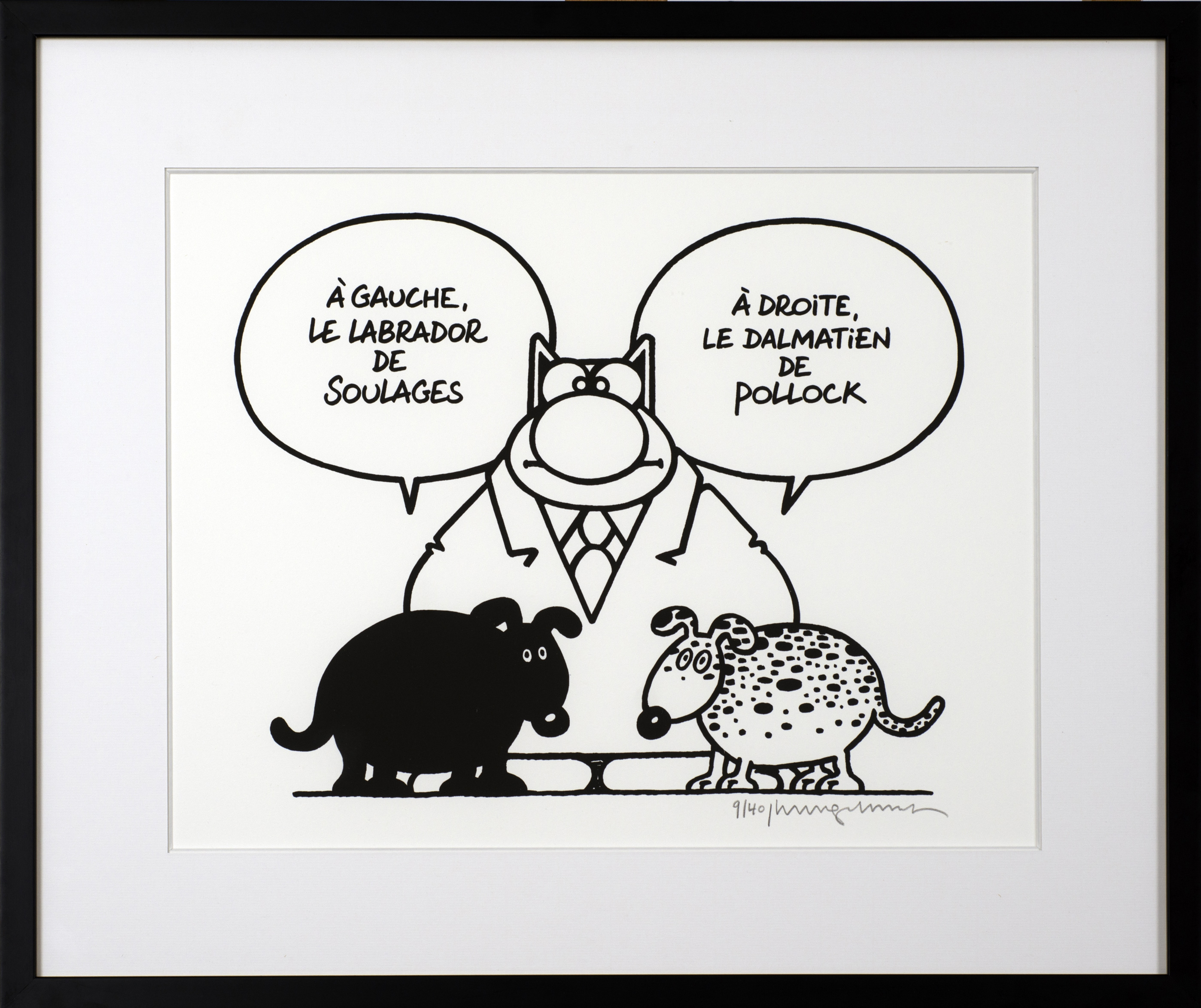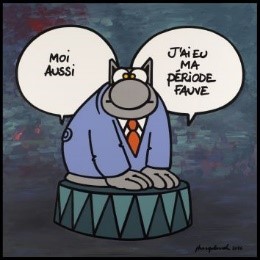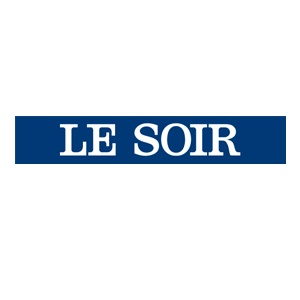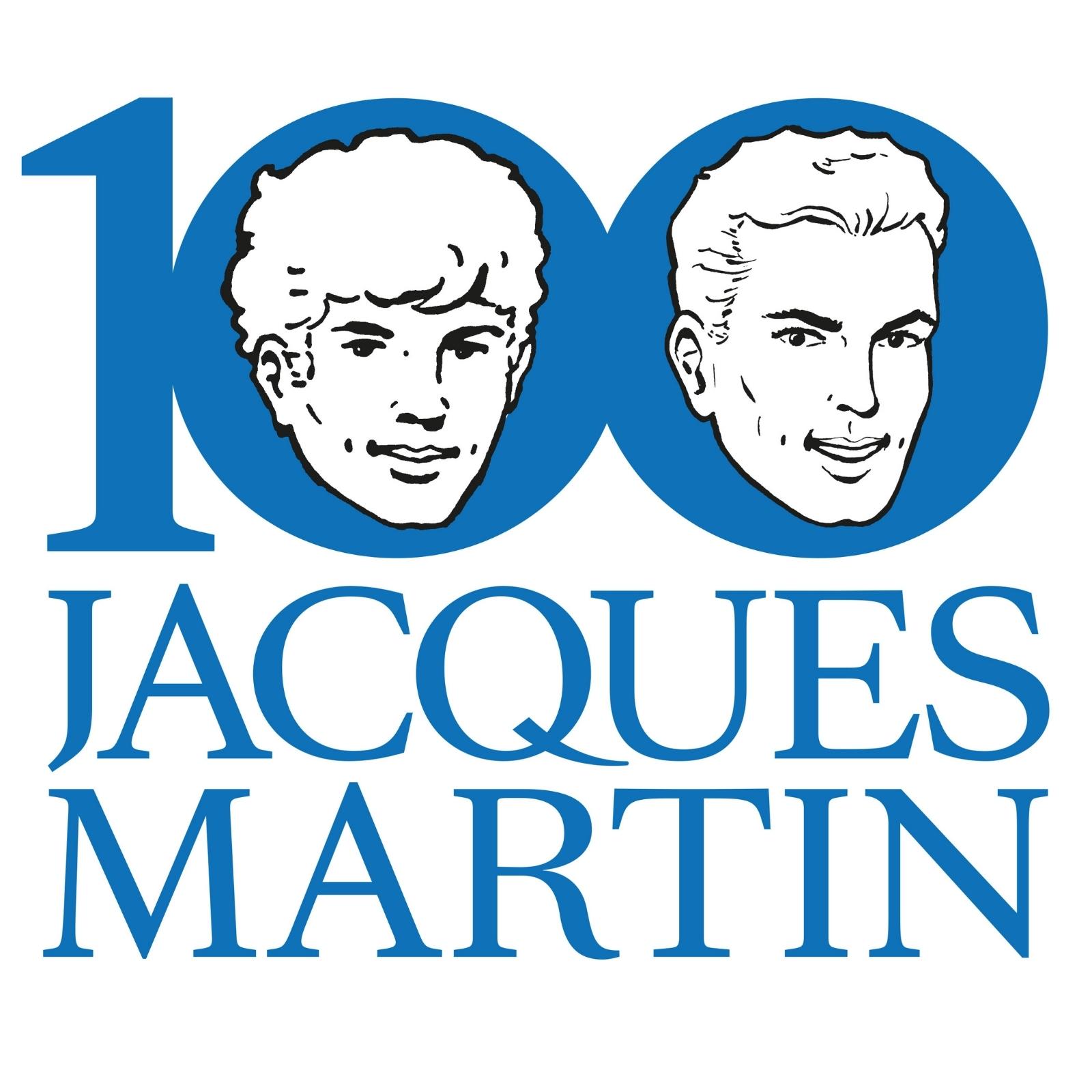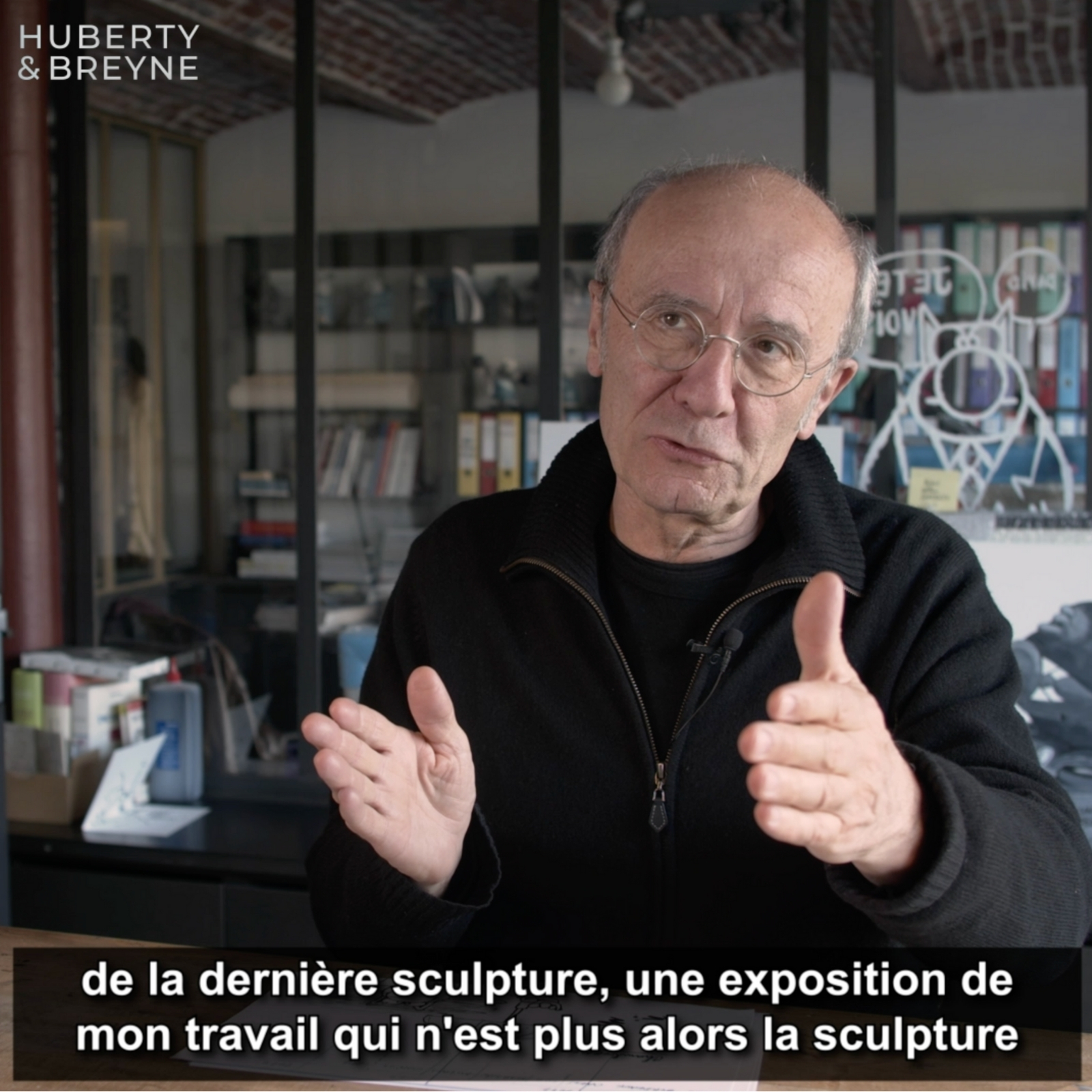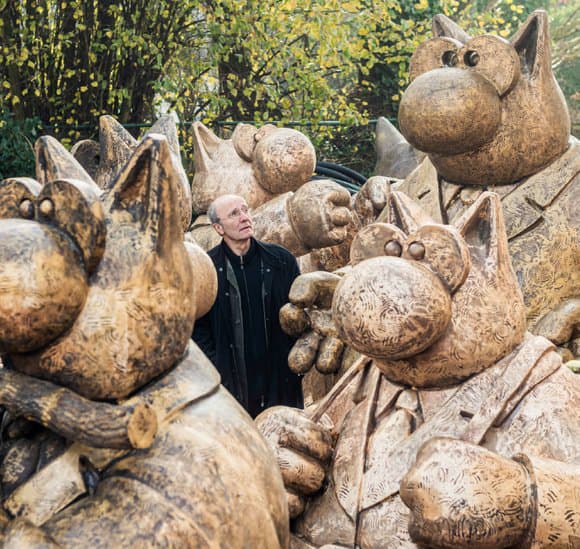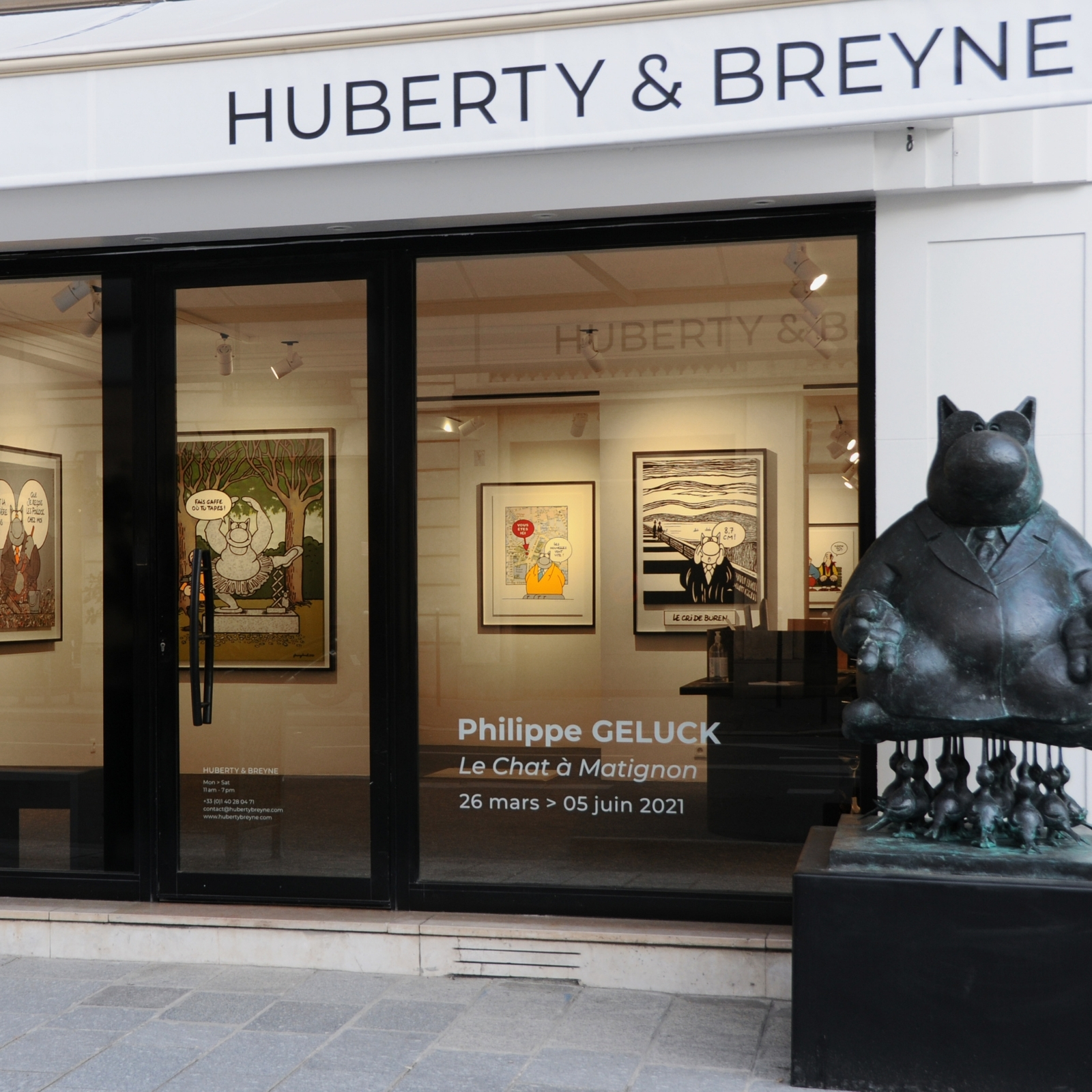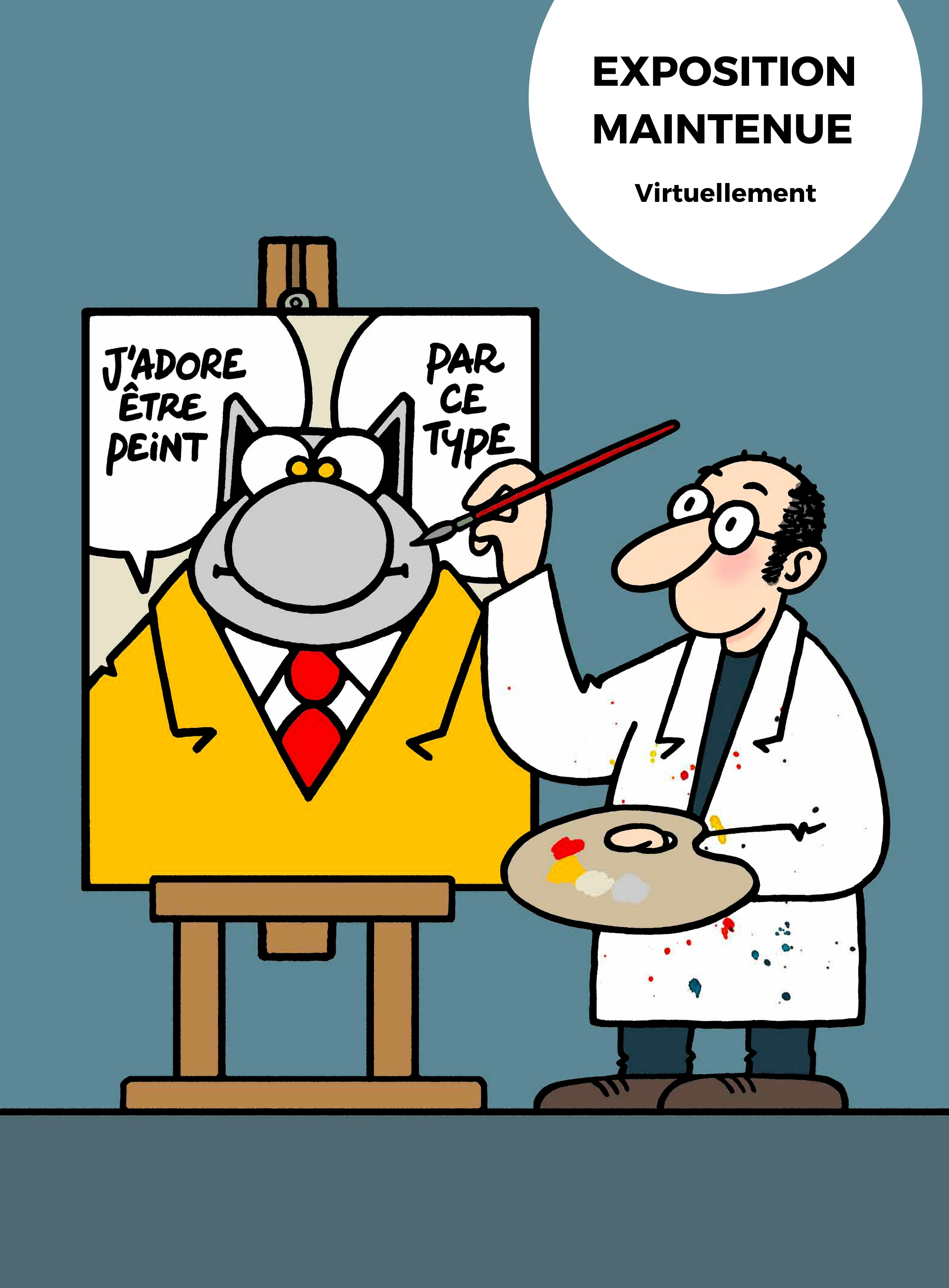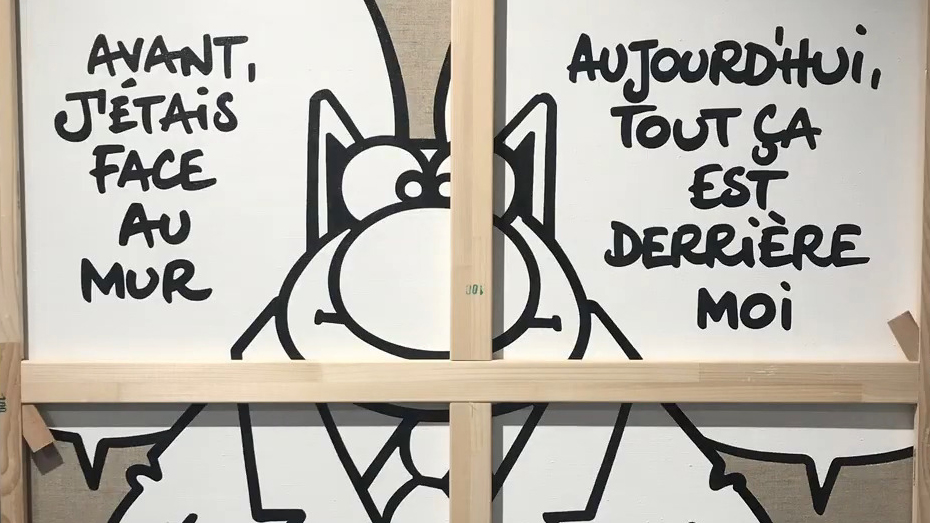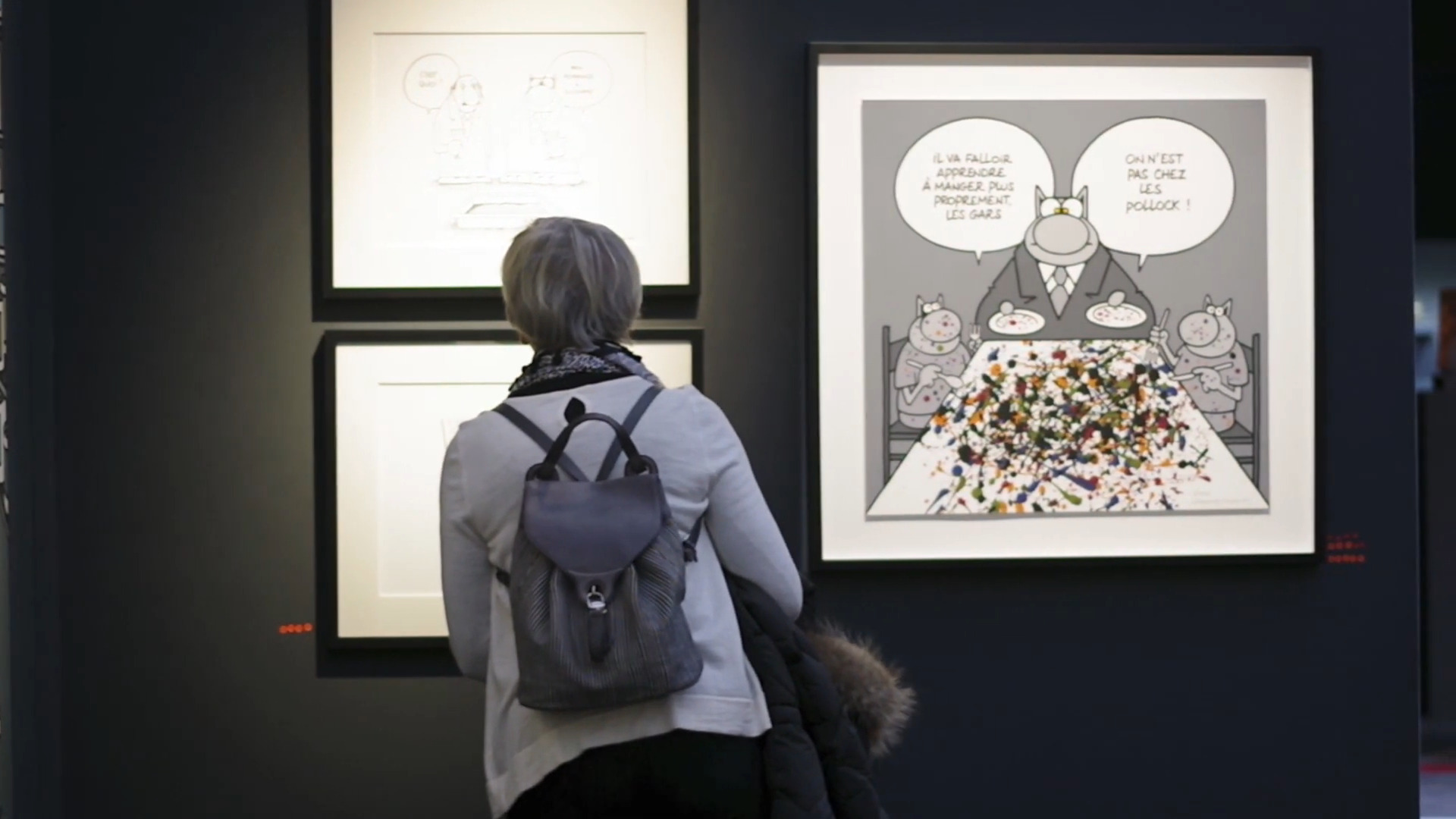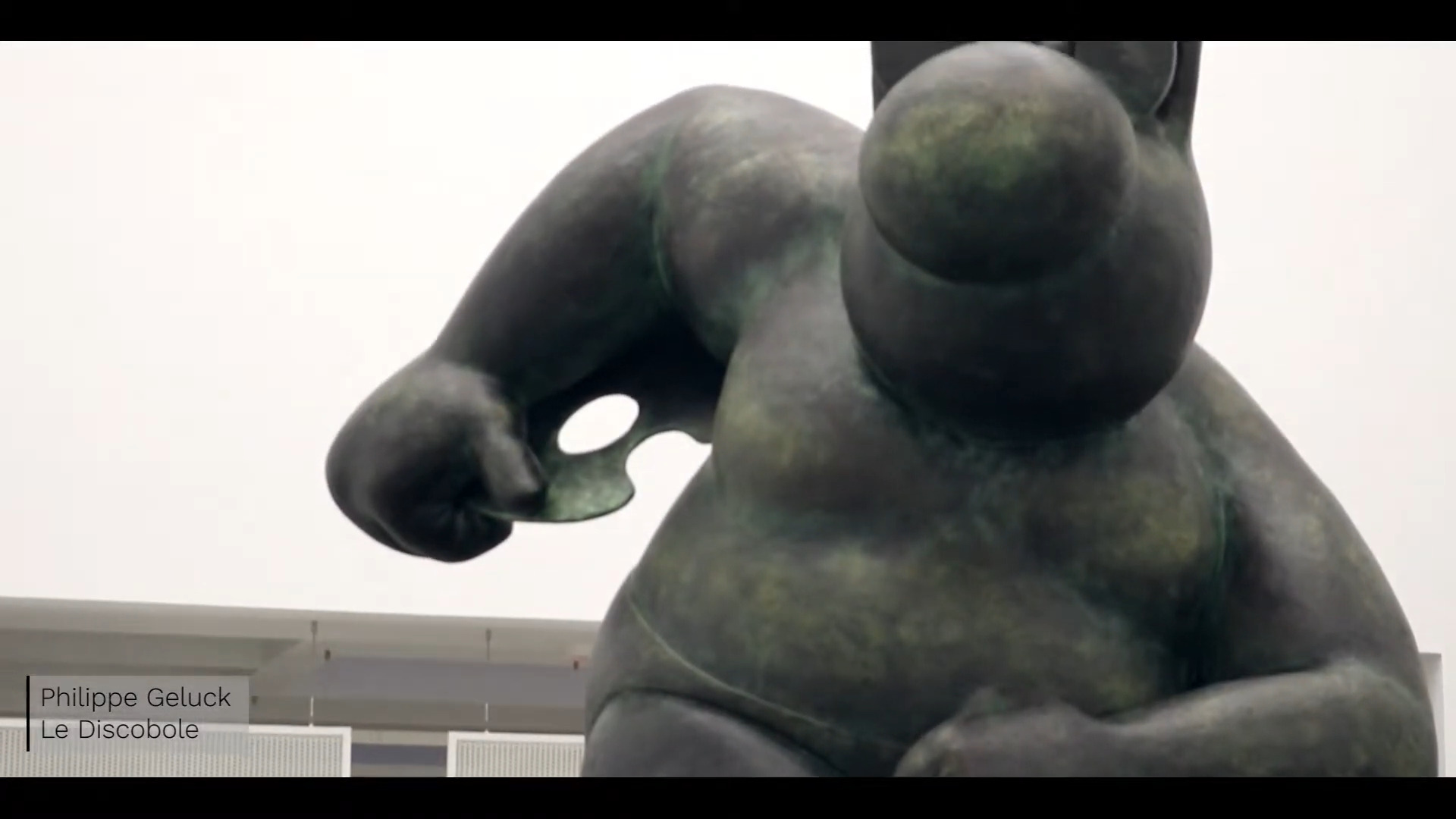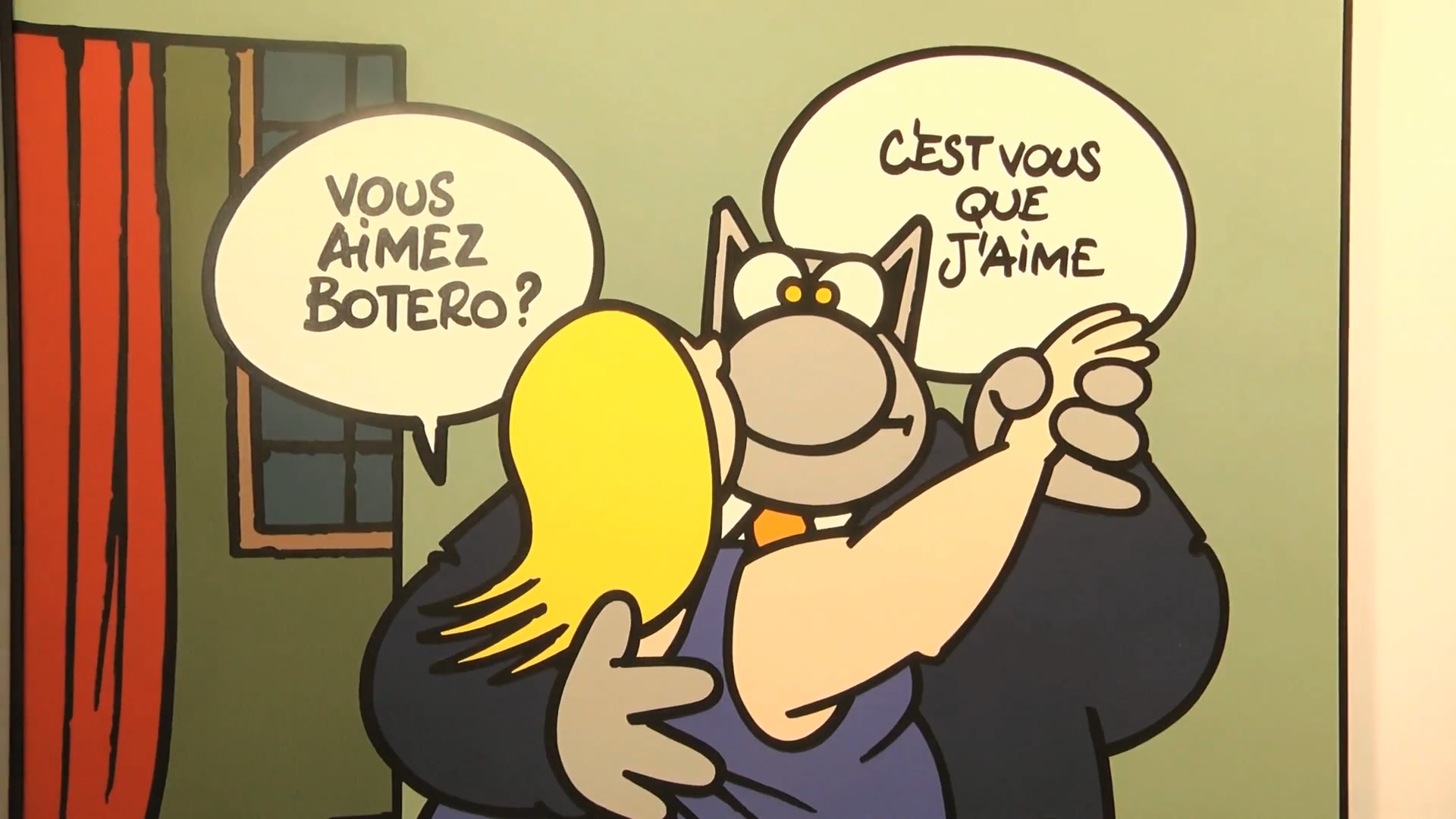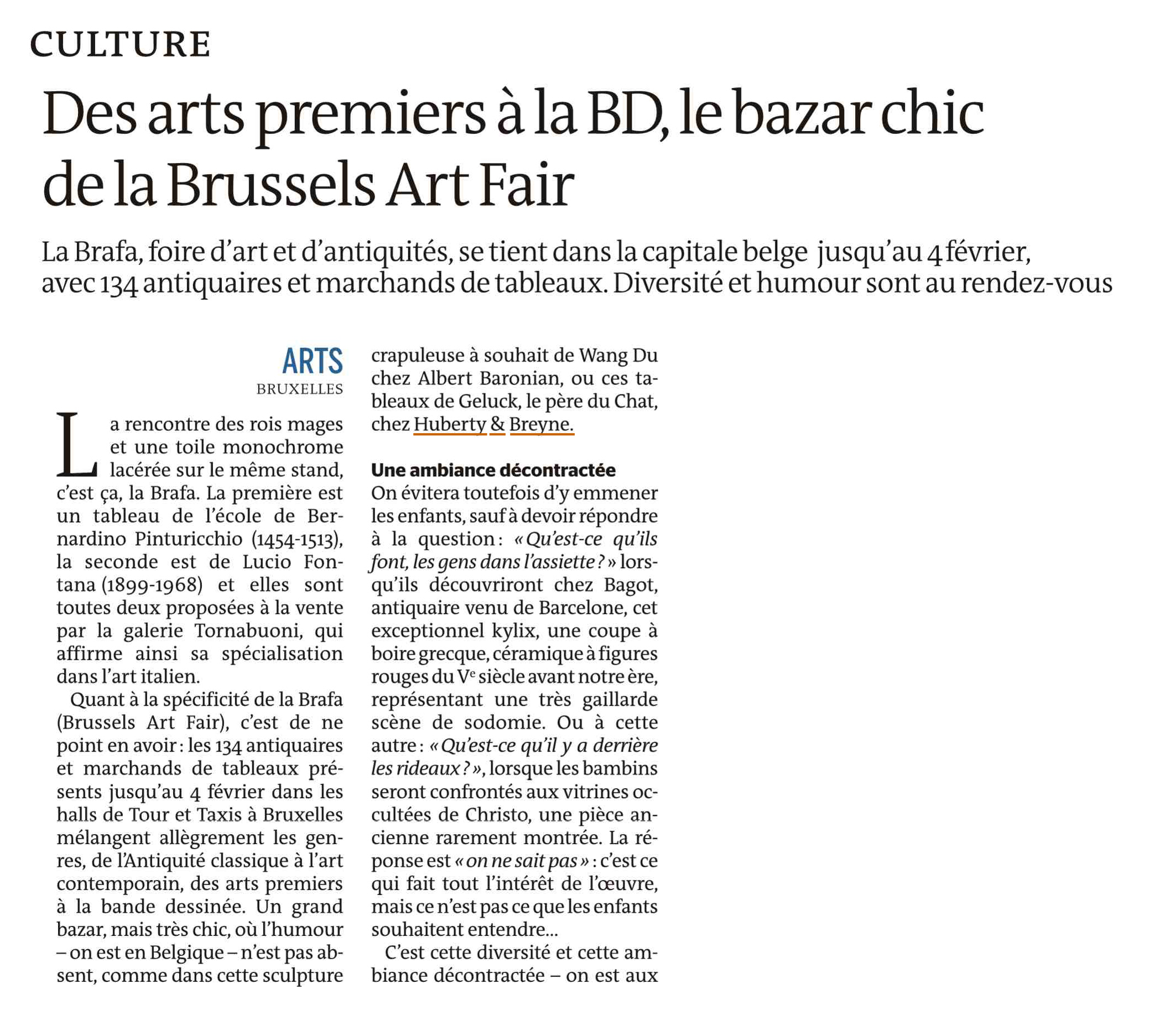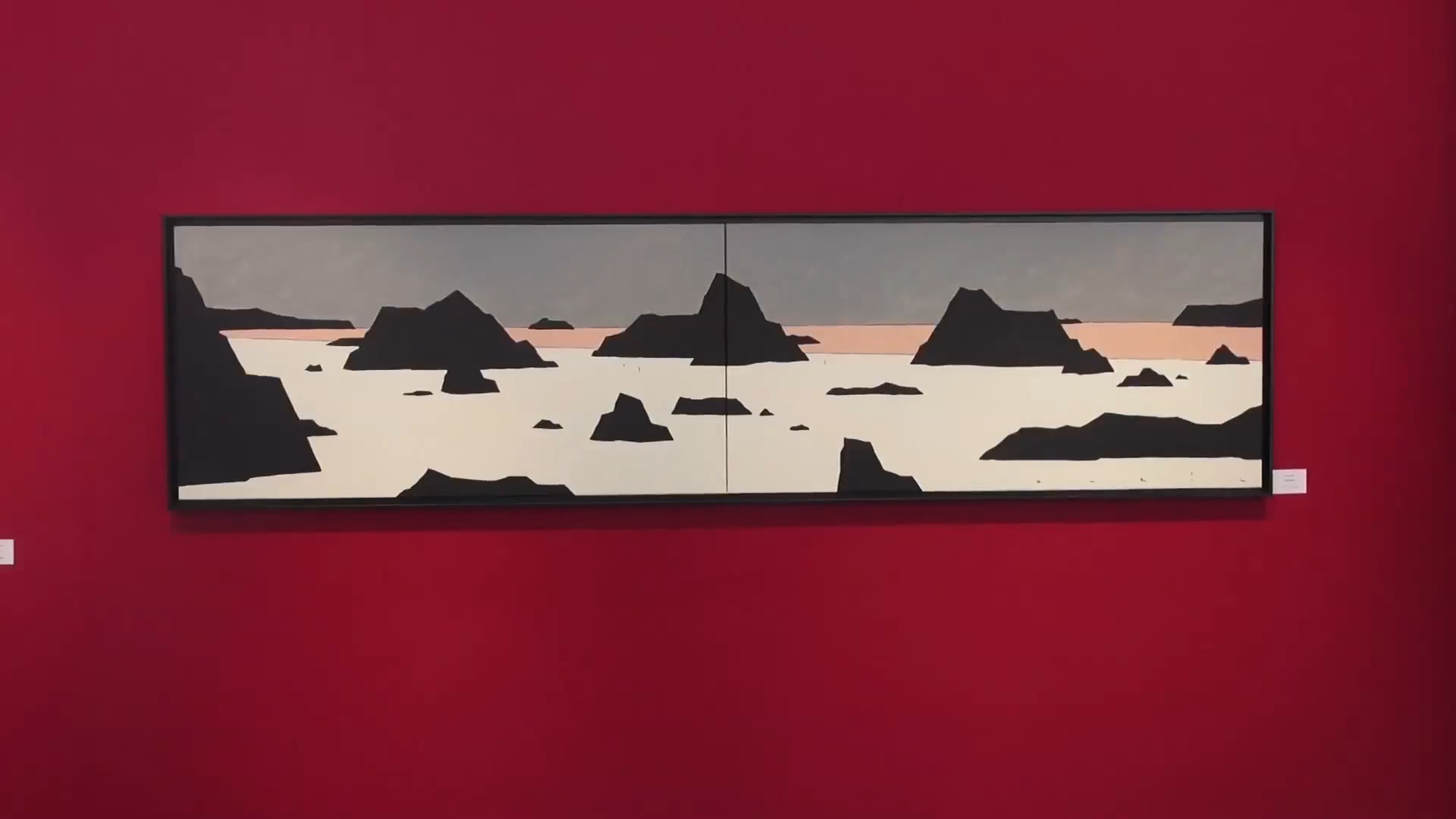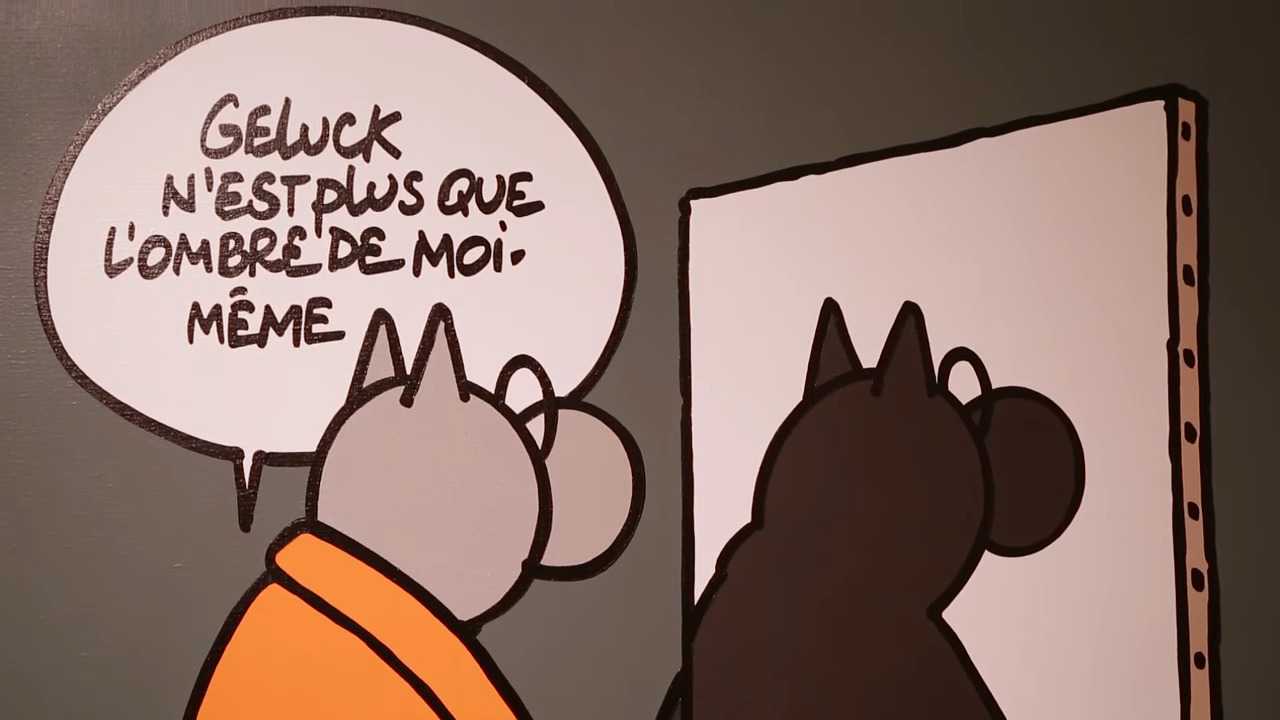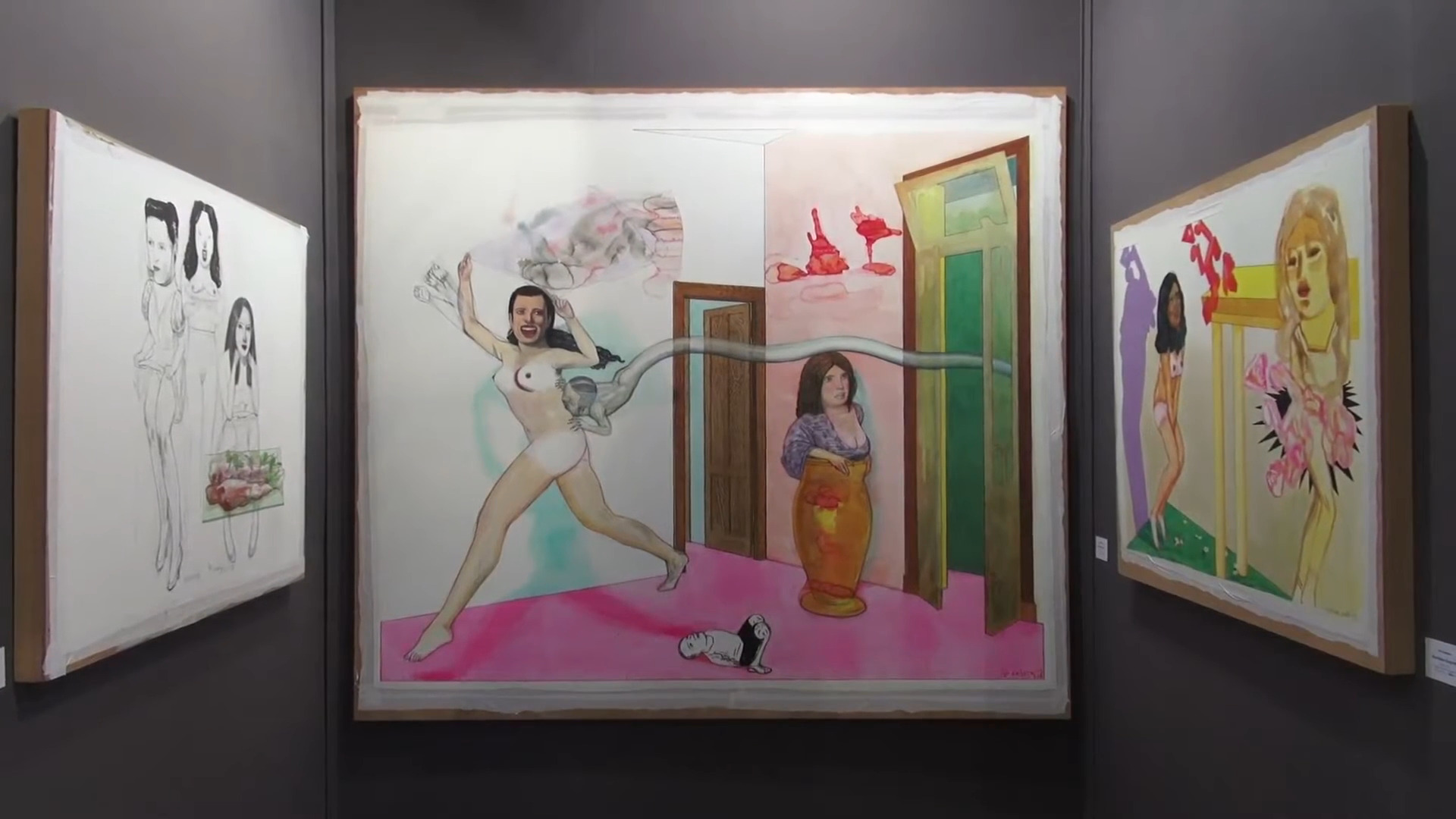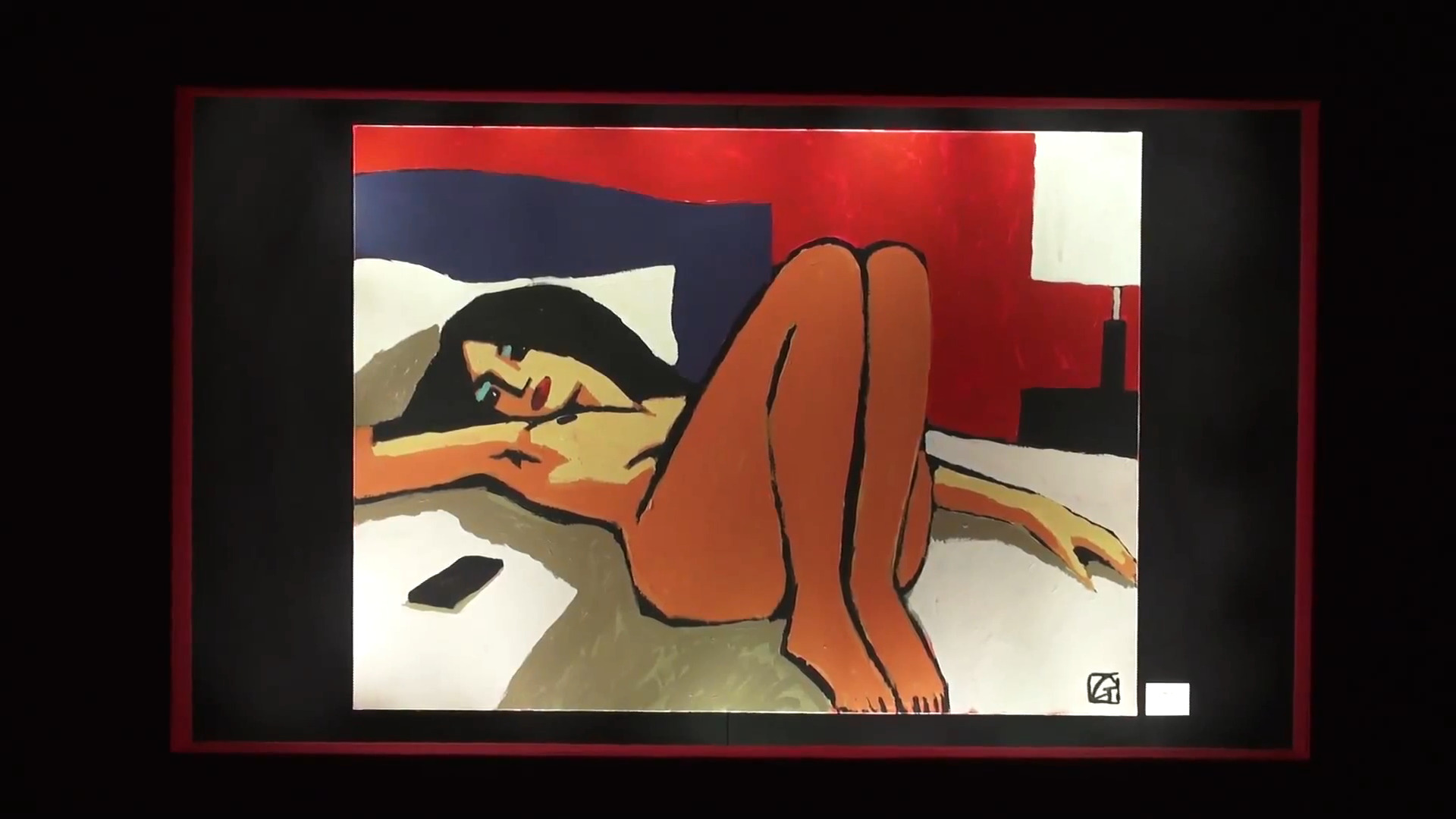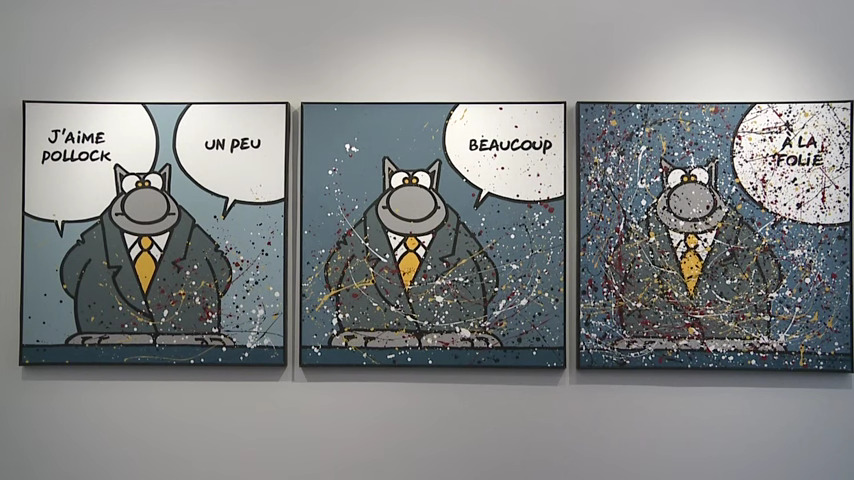Philippe Geluck
Presentation
Painter, actor, writer, humorist and cartoonist, Philippe Geluck is something of an all-rounder. His Le Chat is a comic strip bestseller, hilariously channelling the absurdity of life. When he was the same age as Quick and Flupke, Philippe decided he wanted to be a clown or a ghost. He published his first drawings in L'Oeuf at the age of sixteen and later exhibited a series of venomous watercolours in Ostend, London, Paris and Milan. He went on to demystify the Venus de Milo at the Palais des Beaux-Arts in Brussels, founded the Théâtre Hypocrite, appeared at the Théâtre National de Belgique and in a film by Delvaux and recorded an LP of children's dances with Philippe Lafontaine and Maurane.
Le Chat, invented as a light-hearted addition to the artist's wedding announcement, appeared in Le Soir on 22 March 1983, uttering his famous Pif! Paf! Pouf! C'est un bon début. (Bing! Bang! Bong! That's a good start.) Graphic heir to the ligne claire, Geluck's cat gets on the wrong side of authority and scoffs at the world at large.
Geluck's art is a personal synthesis of Reiser's corrosive brilliance, Folon's dark poetry and the mordant irony that is typical of a Chaval. Philippe Geluck, who was born in 1954, is an artist who has never taken himself too seriously. He views himself as a joker with an allegiance to the world of popular art. In practising his humorous acrobatics, Geluck seeks to skew the way we look at life and the way we think in order to surprise us. His drawings make us laugh, but with the intention of also making us think.
In his paintings, Philippe Geluck encourages us to think about modern art.
Whether he is re-examining Gustave Courbet's L'Origine du monde, stereotyping the pop art of Roy Lichtenstein, interrogating Jackson Pollock's abstract expressionism or lacerating the spatialism of a Lucio Fontana, he always does so with a half smile on his face. His works are sharp-witted tributes to the masters of contemporary art. Geluck's Chat also poses as a sculpture in resin or bronze, playing at being a Chaltérophile (a pun on haltérophile, French for "weight lifter") or a Discobole (Discobolus). Nothing is fixed and sacred in Philippe Geluck's approach, but if he hijacks the masterpieces of the past he does so with affection and admiration, inviting us to derive from them new and unexpected pleasures.
